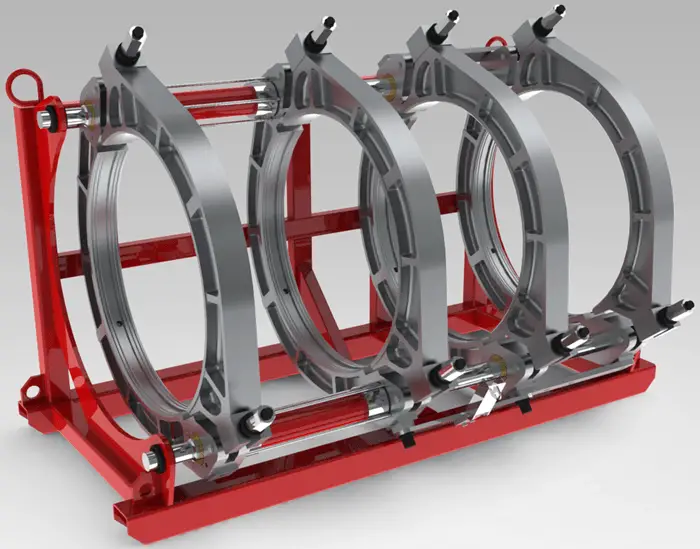Reverse Engineering Documentation

Reverse engineering documentation refers to the process of creating detailed technical documentation for a system or component by examining its design and functionality without access to the original source code or design specifications. It involves disassembling, analyzing, and reconstructing the system to create a comprehensive understanding of its architecture, functionality, and implementation.

The primary objective of reverse engineering documentation is to provide a detailed description of the system’s components, interfaces, algorithms, and data structures. This documentation can serve various purposes, including:

-
Technical Support and Troubleshooting: By understanding the internal workings of the system, engineers can effectively troubleshoot issues, identify root causes, and implement appropriate fixes.
-
Customization and Modification: Detailed documentation enables engineers to make informed decisions about modifying or customizing the system to meet specific requirements.
-
Security Analysis: Reverse engineering documentation provides a basis for security analysis, allowing experts to identify potential vulnerabilities and develop countermeasures.
-
Intellectual Property Protection: In cases where the original design documentation is unavailable, reverse engineering documentation can help organizations protect their intellectual property by understanding how a competitor’s system operates.
The process of reverse engineering documentation involves several steps:
-
Disassembly: The system is disassembled using appropriate tools to extract its low-level code or assembly instructions.
-
Analysis: The extracted code is analyzed to understand its structure, logic, and data flow. This typically involves tracing execution paths, identifying function calls, and examining data structures.
-
Reconstruction: Based on the analysis, a detailed documentation is created that describes the system’s architecture, functionality, and implementation.
Reverse engineering documentation requires substantial expertise in the system’s domain and a deep understanding of software engineering principles and techniques. It can be a time-consuming and complex process, but it can yield valuable insights into the system’s design and operation, providing a solid foundation for maintenance, customization, and security analysis.
